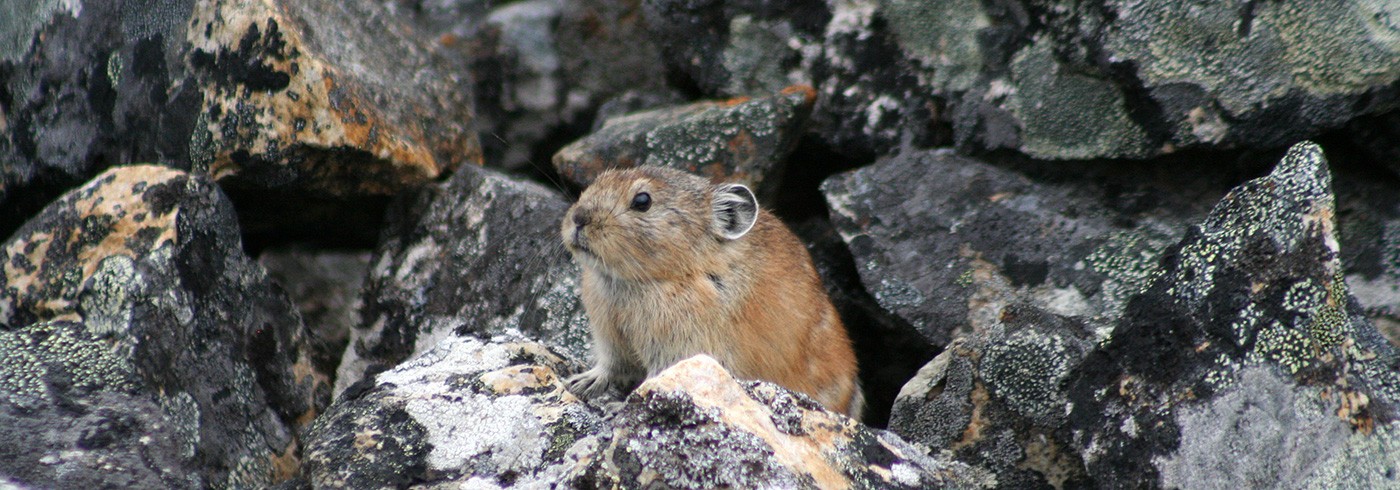This theme included research projects within geological history and tectonics (study of the movement of the earth’s plates) and biodiversity from a prehistoric ecological perspective.
The questions studied included:
- What tectonic and geographical factors were involved when the Arctic Ocean was formed?
The Arctic Ocean is the least understood of the world’s oceans, much due to its ice cover. Modern sampling and analysis methods are providing new opportunities for investigation. - How have ice ages and prehistoric climate changes affected the Arctic flora and fauna that we see today?
Beringia was ice-free in the last ice age, meaning that many animals and plants found in the rest of the Arctic region probably migrated from there. A change of environment often requires species to adapt and the Arctic is home to tremendous diversity, but it is also sensitive to external impact such as climatic changes and environmental damage.
The temporal focus of the theme was prehistoric development in the Arctic. The scientists worked primarily during the second and third legs of the expedition, in Kamchatka, Chukotka, and Alaska, as well as during the journey across the Arctic Ocean.

